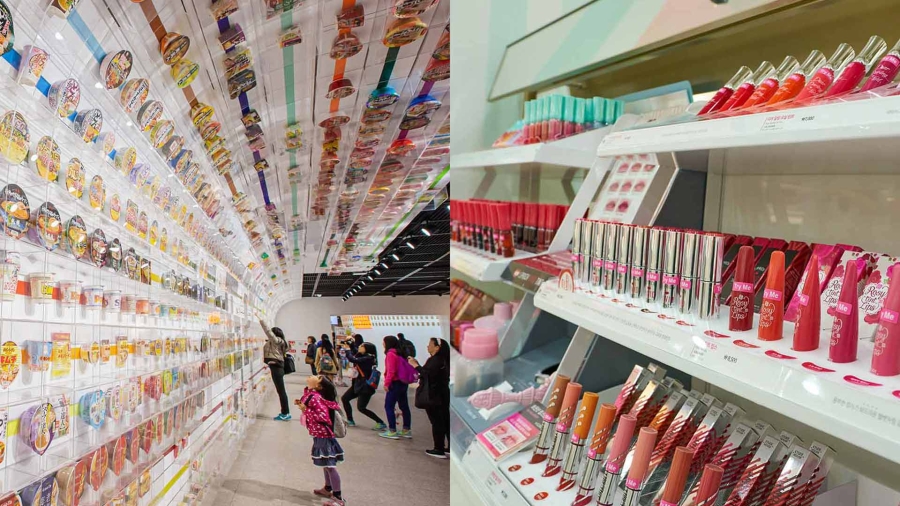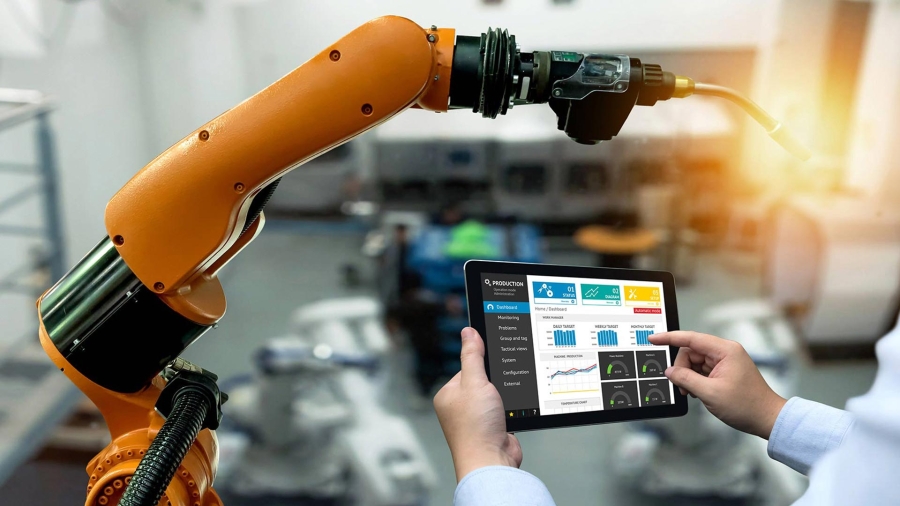How to get the most out of your digitalisation dollar: Lessons from abroad









Discover the 10 major challenges that small manufacturing business owners face and the benefits of automation.

Find out the steps that an SME owner can take to plan, implement and monitor the automation process.

The biggest lessons we can learn from this pandemic and what SME owners should do to take things in their stride.

Dr Ahmad Magad, Secretary-General of the Singapore Manufacturing Federation, shares with us the key mindset shifts that SME owners should adopt in order to build an agile and resilient organisation.